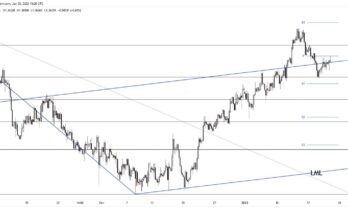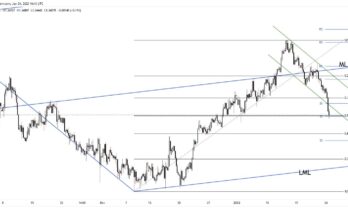As liquidity returns to markets at the start of the New Year, we’re seeing a fairly uncomfortable start, with trading halted in Chinese equities after a 7% fall in the Chinese composite index. The more risk averse tone has been reflected in other equity markets in Asia and is also being carried over into European trade and currencies. The latest China PMI manufacturing data (Caixin) fell to the disappointing side of expectations at 48.2, from 48.6 previously. We’ve also seen the USDCNY fixing above the 6.50 level, suggesting that the appetite for a weaker currency is likely to remain in the early part of 2016.
The yen has been the main beneficiary on developments so far, USDJPY bursting below 120 to levels last seen mid-October. But the impact has been felt elsewhere, with higher-yielding and commodity currencies under pressure, with the kiwi, Aussie and Canadian dollar all weaker vs. the US dollar. Also not helping has been the escalation of political tensions between Saudi Arabia and Iran after diplomatic relations cut in the wake of an attack on the Saudi embassy in Tehran. Not surprisingly, gold has benefited from this general tone of risk aversion, up nearly 1% during Asia trade.
Naturally, it’s going to be the US employment report on Friday that will shape the coming week, especially with the dollar likely to be increasingly sensitive to the tone of data releases as the market gauges when the Fed may make its next move. For today, we have some regional CPI data in Germany, together with manufacturing PMI data in the UK and ISM data in the US. Expect volatility to remain on the high side as markets settle into a more nervous start to the New Year.
Further reading:
Top 3 FX Trades For 2016 – SocGen
7% fall in the Chinese composite index.



